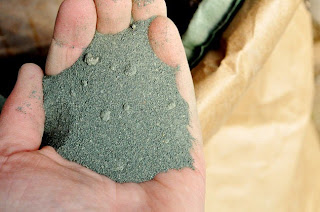The CI engine combustion process is extremely complex
− It depends on
- the characteristics of the fuel
- the design of the engine's combustion chamber and
- fuel-injection system
- the engine's operating conditions
The process is an unsteady,
heterogeneous,three-dimensional combustion
process.
Some important consequences of diesel combustion are as follows:
- Injection commences just before the combustion starts, so there is no knock limit as in SIE – hence
- a higher compression ratio can be used improving its fuel conversion efficiency.
- Since injection timing is used to control combustion timing, delay period between the start
- of injection and the start of combustion must be kept short (and reproducible)
- A short delay is also needed to hold the maximum cylinder gas pressure below the maximum theengine can tolerate.
− The spontaneous ignition characteristics of the fuel-air
mixture must be held within a specified range
- Thus requiring the diesel fuel to have a cetane number above a certain value.
- Since engine torque is varied by varying the amount of fuel injected per cycle with the engine air flow essentially unchanged, the engine can be operated unthrottled – thereby, reducing pumping requirement, and improving part-load mechanical efficiency relative to SIE.
- As the amount of fuel injected per cycle is increased, problems with air utilization during combustion lead to formation of excessive amounts of soot which cannot be burned up prior to exhaust.
− Excessive soot or black smoke in the exhaust constrains
the F/A ratio at maximum engine power to values 20% (or more) lean of
stoichiometric.
Hence the maximum imep (in a n.a. engine) is lower than
values for an equivalent SIE Because the diesel always operates with lean F/A ratio
(more so at part load), the effective value of over the expansion process is
higher than in SIE
− This gives a higher fuel conversion efficiency than in an
SIE, for a given expansion ratio.
- The major problem in diesel combustion chamber design is achieving sufficiently rapid mixing between fuel and air to complete combustion in the appropriate crank angle interval (40 to 50 ) close to TC
- − Mixing rate controls the fuel burning rate
- The mean piston speed at maximum rated engine speed is approximately constant over a large size range (bore dia 70 to 900 mm), so the maximum rated engine speed will be inversely proportional to the stroke
Comparison of ignition systems
Principles of similitude in engine design

.png)






